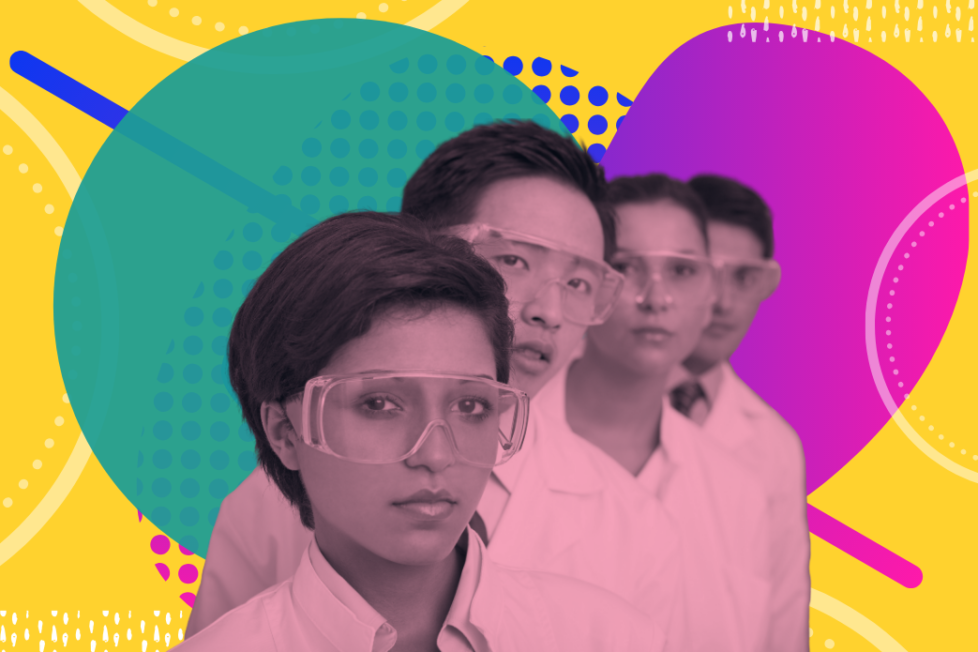Report: significant barriers persist for disabled scientists

In November 2019, researchers at John Hopkins Medicine released a study showing the number of disabled students enrolled in U.S. medical schools jumped from 2.7 per cent to 4.6 per cent over the past three years.
The increase is a result of medical schools’ efforts to create disability-friendly spaces, with nearly all of the students who participated in the research saying their school made accommodations to support them.
While creating an inclusive space for student doctors is commendable, institutional bias outside of a university could result in failures to promote and retain disabled physicians as they continue their studies and enter the workforce.
A recently-published follow-up to the November report hints at just that.
“The good news is that the number of medical students admitted with disabilities is growing, but their path after they finish their training is far from clear,” Bonnielin Swenor, Ph.D., M.P.H., professor of ophthalmology at the Johns Hopkins University School of Medicine and a member of its Wilmer Eye Institute, said in a statement.
Between 2008 and 2018, the report found that federal funding for researchers with disabilities decreased by nearly one per cent, despite more disabled students entering medical school.
The report also found that disabled scientists are less likely to receive grant funding that those without a disability, indicating bias in the grant review process.
The authors of the follow-up say the findings show the need to remove barriers to “training, employment, and research” for disabled scientists.
“There is a lot of value to including people with disabilities in medicine — taking care of patients with the same experience is a nuanced perspective that I think is greatly overlooked,” Swenor, who has a vision impairment, said.
“We need to do more to understand the barriers keeping people with disabilities from opportunities and identify the specific unmet needs in the workforce.”
